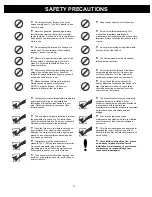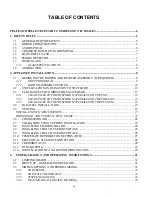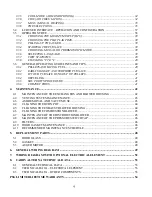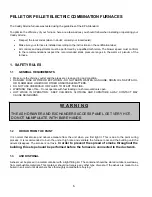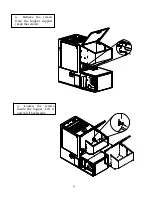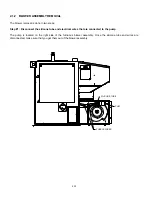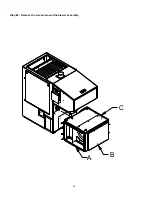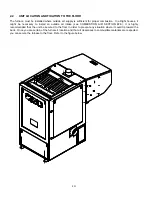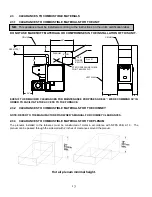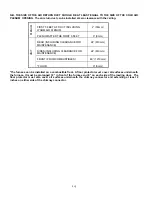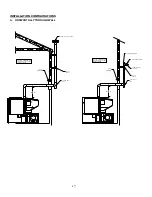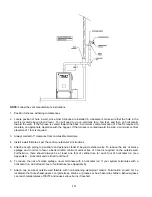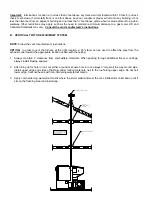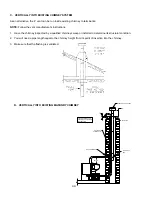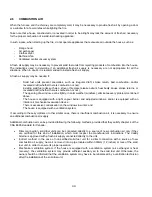
7
1.4
CREOSOTE BUILD-UP AND REMOVAL
When fuel is burned slowly, it produces tar and other organic vapours which, when combined with moisture, form
creosote. The creosote vapours condensate in a relatively cool chimney flue. As a result, creosote residues
accumulate on the flue lining.
When ignited, creosote produces an extremely hot fire inside the chimney.
In the first year of use, in order to avoid chimney fires, inspect the chimney system at regular intervals to determine a
cleaning cycle. Depending on the type of pellet used and its quality, a semi-annual cleaning may be required. A
yearly cleaning is mandatory.
If a significant layer of creosote has accumulated, it must be removed immediately to eliminate the risk of
chimney fire.
It is highly recommended to prepare an emergency procedure in case of a chimney fire.
It is recommended to clean the heat exchangers thoroughly at the end of season in order to prevent
corrosion.
N.B.: In order to obtain the minimum fuel moisture rate and optimize the efficiency of the unit, store the combustible
in a dry place. Do not store fuel or combustible materials within the installation minimum clearances or the space
required to reload the appliance and remove ashes.
1.5
SOOT AND FLY ASH (FORMATION AND NEED FOR REMOVAL)
The products of combustion will contain small particles of fly ash. The fly ash will collect in the exhaust venting
system and restrict the flow of the flue gases. The exhaust venting system should be inspected at least once every
year to determine if cleaning is necessary.
1.6 SMOKE
DETECTOR
We highly recommend the use of a smoke detector. It should be installed at least 15 feet (4,57 m) from the
appliance.
1.7 DOOR
GLASS
Fly ash will cause the glass to become dirty after a full hopper of pellets has been burned. If you can still see a fire in
the burn pot, you do not need to clean the glass immediately. However, when it becomes difficult to see the orange
glowing produced by the fire, it is time to clean the glass. The frequency at which you clean the glass will depend on
the type of fuel you use and thermostatic demand. You will have to clean it using a wet cloth and a fireplace cleaner.
Clean the glass
ONLY
when the unit has cooled down. Do not use abrasive cleanser. Fireplace glass cleaners are
available in most home centers and specialty hearth retailers.
WARNING: Avoid knocking or scratching the glass. It might crack or break.
Do not operate your furnace with a broken glass, as this could seriously damage your furnace and cause ashes to
be dispersed through the ductwork.
Содержание CADDY ALTERNA
Страница 11: ...11 A B C Step 2 Remove the screws around the blower assembly...
Страница 49: ...49 6 GENERAL WIRING DIAGRAM...
Страница 50: ...50...
Страница 51: ...51...
Страница 52: ...52 7 WIRING DIAGRAM WITH OPTIONAL ELECTRICAL ELEMENT CADDY ALTERNA PELLET ELECTRIC COMBINATION FURNACE...


